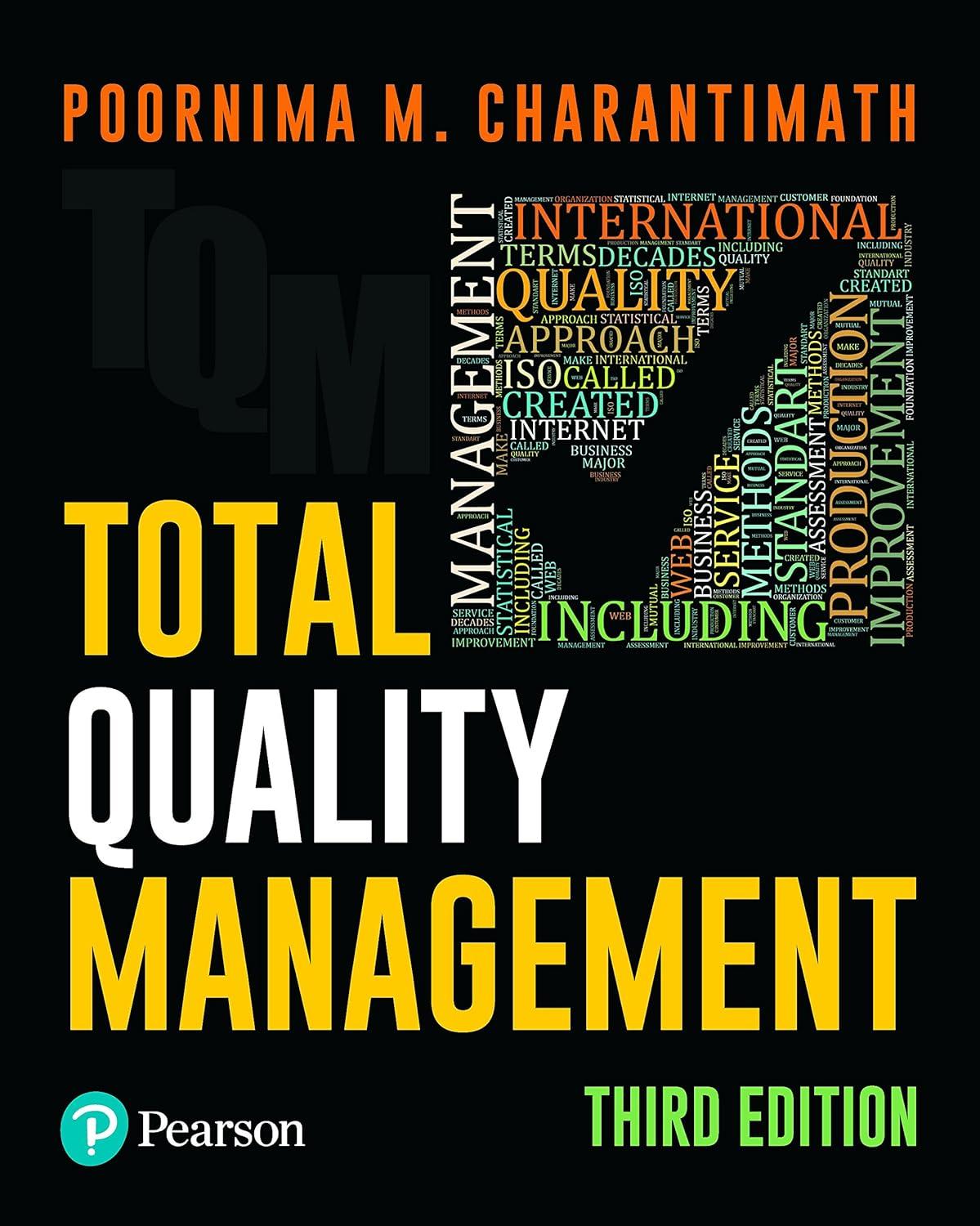Tata Motors, previously known as Tata Engineering and Locomotive Co Ltd (TELCO), is one of the largest
Question:
Tata Motors, previously known as Tata Engineering and Locomotive Co Ltd (TELCO), is one of the largest companies in the Tata Group, and one of India’s largest business houses. Tata Motors is India’s leading commercial vehicle manufacturer and the third largest passenger car manufacturer. The company is the sixth-largest truck manufacturer in the world. Tata Motors recently received the Balanced Scorecard Collaborative Hall of Fame Award for having achieved a significant turnaround of its overall performance. A comprehensive quality improvement and cost-cutting initiative in September 2000 has played an important role in the company’s turnaround, from a loss of Rs 500 million in the year ended March 2001 to a profit of Rs 28 million in the first quarter of 2002–2003.
Business Segments
Tata Motors has two main business segments: Commercial Vehicle Business Unit (CVBU) and Passenger Car Business Unit.
The Cost of Success
The people at Tata Engineering do not fancy the phrase “cost cutting” for no other reason than that they see it as inadequate, even misleading in their context. “Cost erosion” is a preferred terminology at India’s largest automotive company, simply because it captures the breakthrough exercise that has shaved more than Rs 600 million off Tata Engineering’s expenses over the last two years. The big positive of the cost-erosion initiative goes beyond the statistics of money saved. It is going to be a permanent feature of Tata Engineering’s agenda for the future. However, the problem is that the going gets tougher on this score with every passing month, because finding new costs to eliminate becomes ever more difficult.
The cost-erosion initiative, which began in April 2000, is arguably the most important element in a remarkable revival that has seen Tata Engineering recover from a loss of Rs 500 million in the year ended March 2001 to a profit of Rs 28 million in the first quarter of 2002–2003. Prakash M. Telang, senior vice president (manufacturing), was designated the “cost-erosion champion” and put in charge of the entire initiative. Four specific areas were identified:
a. Direct material costs (which constitute roughly 65 per cent of all costs);
b. Variable conversion costs (power, fuel, water, tools, etc.);
c. Fixed costs (labour, marketing, corporate expenses, plant operations, research and development);
d. Financial restructuring (working capital, debt restructuring, balance sheet, etc.).
Mr. Telang says, “Everybody had a cost-erosion target built into his area of work and we saw a cascading effect take hold.”
Three-tiered teams—members, leaders and champions—were set up at the plant level to implement, drive and monitor the exercise across the organization. Their task began with spreading the cost-reduction message, emphasizing its importance to bringing the company back to good health, and defining the methods to accomplish it. The company’s union was co-opted to communicate the programme and the house journal did the same.
Quality Management
Tata Motors started a comprehensive quality improvement initiative in September 2000. The initiative played an important role in the company’s turnaround. Every year, about a quarter of Tata Motors’ workforce went through training courses, which were rated highly in the Indian engineering industry.
The company’s quality management project and its cost erosion exercise have run concurrently, and each has helped the other. For one, its people understood that cutting costs did not mean cutting corners.The same teams and the same people were involved in both exercises. This led to many win–win situations. With operating margins in its flagship commercial vehicle operations now up at about 13 per cent, Tata Engineering can afford to breathe easy. Where two years back it looked dark as tar, the future now promises the rewards of a war that seems well and truly won.
Question For Discussion
1. What is the difference between cost cutting and cost erosion?
2. Which were the four specific areas, identified by Prakash Telang as part of the costerosion initiatives?
3. What were the benefits accruing to Tata Motors on implementing the cost-erosion exercise and the quality management project?
Step by Step Answer:






